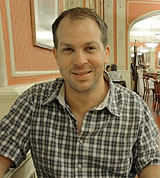 |
Kurt E. Anderson
My research interests span quantitative population, community, and applied ecology with an emphasis on modeling spatial dynamics. My research activities are broad and include examining responses to spatial variation in streams and rivers, modeling spatially explicit consumer-resource interactions in terrestrial and aquatic systems, and data-driven modeling for conservation.
WEBSITE |
 |
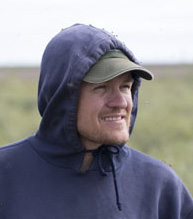 |
Alan Brelsford
Population genomics of non-model organisms including amphibians, birds, and insects. Current projects include genetics of speciation, behavior, and sex determination.
WEBSITE |
 |
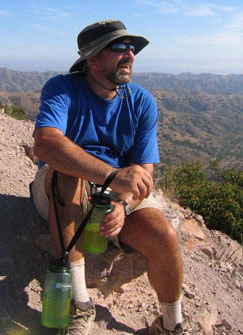 |
Richard Cardullo
Biophysics and physiology of fertilization, focusing on molecular interactions between sperm and egg:
characterization of egg-associated proteins with complementary receptors on the sperm surface
dynamics of the sperm plasma membrane during fertilization
initiation and characterization of signal transduction pathways leading to the exocytosis of the acrosomal vesicle from sperm
|
 |
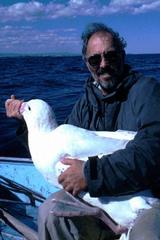 |
Mark Chappell
Evolutionary and ecological physiology using a variety of organisms ranging from insects to birds and mammals. Major research topics include adaptation to temperature and high altitude, limits to energy metabolism, energy costs of activity in ecologically-relevant contexts, and biotic and abiotic factors affecting avian altitude limits in the Andes.
|
 |
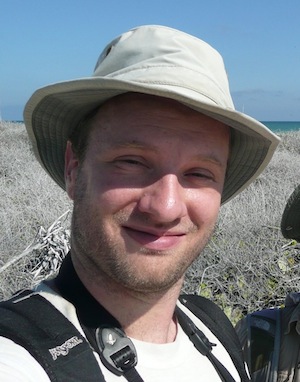 |
Christopher J. Clark
Courtship displays, the mechanics of how feathers and wings produce sound, and bird flight biomechanics. The relationship between courtship display performance, flight performance, and female preferences, particularly in hummingbirds.
|
 |
| NOTE: THIS FACULTY LISTING IS OUT OF DATE. AS OF JULY, 2017, THE DEPARTMENT OF BIOLOGY IS NOW KNOWN AS THE DEPARTMENT OF ECOLOGY, EVOLUTION, AND ORGANISMAL BIOLOGY. PLEASE CLICK HERE TO BE REDIRECTED TO THE CURRENT FACULTY DIRECTORY FOR EEOB. |
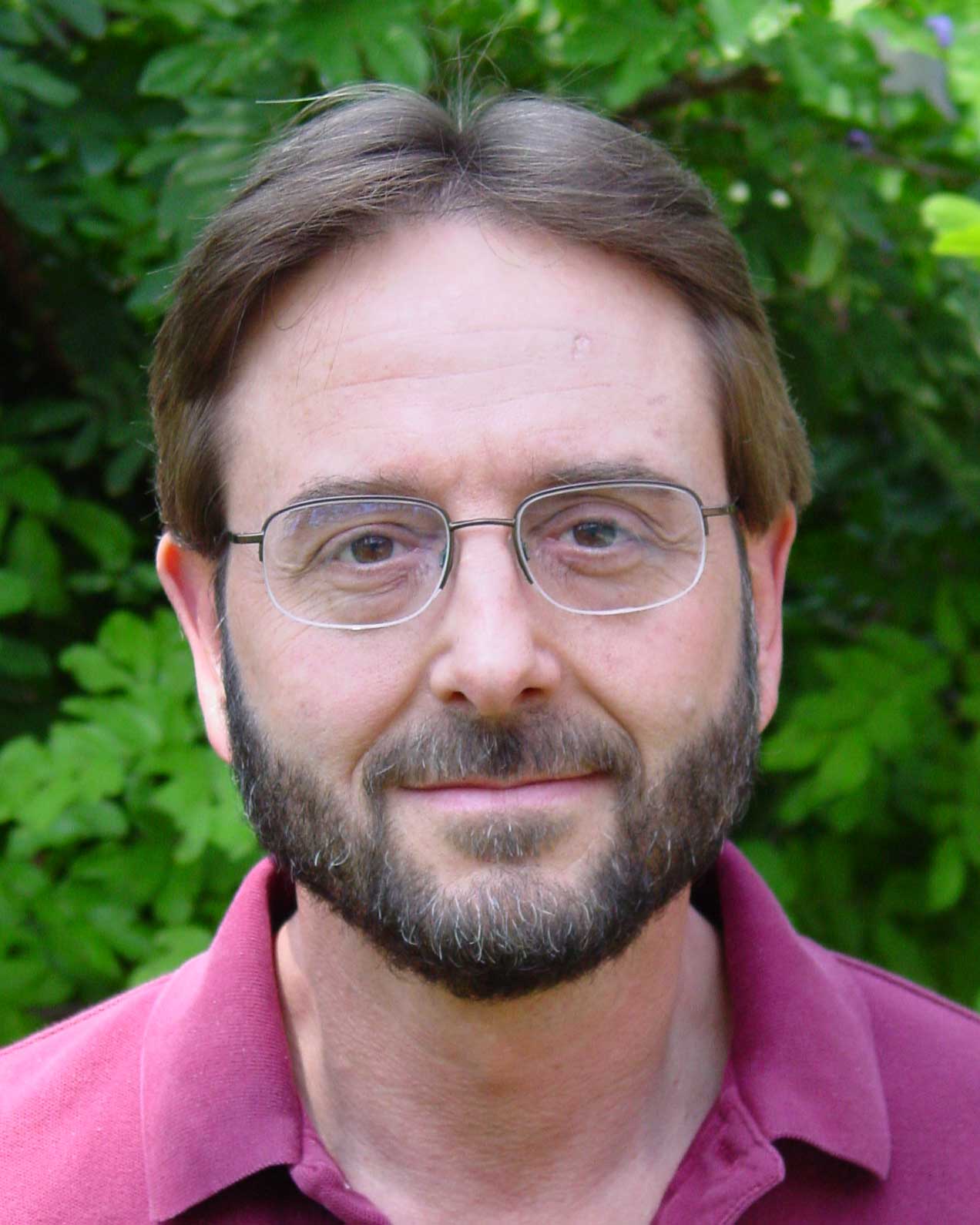 |
Theodore Garland, Jr.
Evolutionary biology and physiology, with emphasis on the evolution of complex phenotypes.
We employ a variety of approaches and work on many animal systems, but our main emphasis is on:
experimental evolution of running behavior and performance in mice
development and application of phylogenetic comparative methods to a variety of evolutionary questions; development of free software
lizard and snake locomotor physiology and behavioral ecology
|
 |
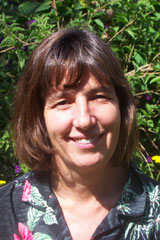 |
Kimberly Hammond
Animal physiological ecology and evolutionary physiology, especially the manner in which individuals or species use variation in anatomical and physiological capacities to meet diverse environmental demands.
|
 |
 |
Tim Higham
How animals function mechanically and physiologically in their environments, with emphasis on the biomechanics, muscle physiology and functional morphology of locomotion and feeding in vertebrates. Since physiological mechanisms have been modified over major evolutionary transitions in vertebrate ecology, mechanical analyses are coupled with evolutionary and ecological perspectives. Several aspects of the research are relevant to biomedical physiology.
|
 |
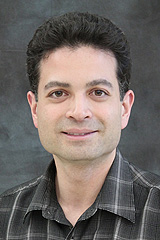 |
Morris Maduro
Developmental mechanisms of cell fate specification and robustness in the nematode C. elegans, particularly the regulatory gene network that specifies the endoderm and mesoderm. Current work involves studying the mechanisms that control developmental robustness, using the intestine as a model for organ development from a single precursor cell to the fully-differentiated organ.
|
 |
 |
Dmitri Maslov
Mitochondrial gene expression in kinetoplastid protozoa, including molecular biology, evolution and parasitology. Kinetoplastids have a unique organization of kinetoplast-mitochondrial DNA and a highly unusual process of post-transcriptional RNA processing, termed RNA editing. The main research focus is on regulation of RNA editing and its interactions with the system of translation. Additional research topics include evolution of kinetoplast DNA and RNA editing, and biodiversity of trypanosomatids, using molecular phylogenetic tools.
|
 |
| NOTE: THIS FACULTY LISTING IS OUT OF DATE. AS OF JULY, 2017, THE DEPARTMENT OF BIOLOGY IS NOW KNOWN AS THE DEPARTMENT OF ECOLOGY, EVOLUTION, AND ORGANISMAL BIOLOGY. PLEASE CLICK HERE TO BE REDIRECTED TO THE CURRENT FACULTY DIRECTORY FOR EEOB. |
 |
Leonard Nunney
Population and evolutionary genetics, with an emphasis on the
application of basic theory to practical problems. Projects include:
The population genetics of small conserved populations.
The population genetics of cancer, a project derived from my
interest in the theory of selection at different levels of
organization.
Detecting adaptation using genomic data. My current focus is
on the molecular evolution of Xylella fastidiosa, a plant
pathogen causing Pierce's disease.
The role of genetic trade-offs in life history evolution,
using primarily Drosophila.
|
 |
 |
Nicole Rafferty
Community and population ecology, with a focus on plants and pollinators. Current research centers on understanding how climate change-induced shifts in phenology and spatial distribution affect species interactions.
|
 |
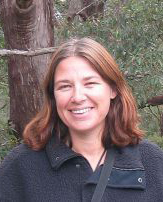 |
Helen Regan, Department Chair
My research areas span quantitative conservation ecology and probabilistic risk assessment. I use population models, mathematical treatments of uncertainty and decision-making techniques to address conservation and wildlife management issues and ecological risk assessment. Particular areas of interest include treatments of
uncertainty in conservation, ecology and risk assessment, population viability analysis of
endangered and threatened species, and formal decision making for conservation management.
|
 |
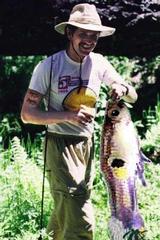 |
David Reznick
We explore the process of evolution by natural selection from an experimental perspective and by testing evolutionary theory in natural populations. Guppies from the Caribbean Island of Trinidad are the primary study system, with particular emphasis on the role of predation in the evolution of life history traits, the rate of evolution under natural selection, and the evolution of aging.
|
 |
 |
Derek Roff
Theoretical and empirical studies of population and quantitative genetics, life-history, and the importance of trade-offs in shaping life history evolution. Current research focuses on insects (especially the importance of trade-offs in determining the evolution of wing dimorphism in various species of crickets) as model systems.
|
 |
| NOTE: THIS FACULTY LISTING IS OUT OF DATE. AS OF JULY, 2017, THE DEPARTMENT OF BIOLOGY IS NOW KNOWN AS THE DEPARTMENT OF ECOLOGY, EVOLUTION, AND ORGANISMAL BIOLOGY. PLEASE CLICK HERE TO BE REDIRECTED TO THE CURRENT FACULTY DIRECTORY FOR EEOB. |
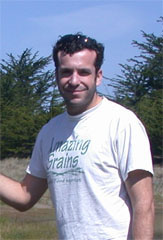 |
Joel Sachs, Vice Chair
Current research is focused on investigating basic questions about microbial evolution and ecology. We focus on symbiotic bacteria of plants and animals.
|
 |
 |
Wendy Saltzman
Behavioral endocrinology, especially the bidirectional interactions between hormones and social behavior in mammals. Research emphases include regulation of fertility and endocrine function by the social environment, and interactions between stress and reproductive behaviors.
|
 |
 |
Marko Spasojevic
Plant communty ecology, working at the interface of ecology, biogeography and conservation. Research goals are to understand the mechanisms that influence patterns of biodiversity, and to use that understanding to address environmental issues.
|
 |
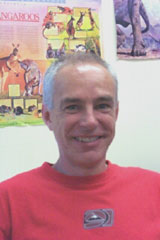 |
Mark Springer
Molecular evolution and systematics, with an emphasis on mammalian evolutionary history, including:
Phylogenetic relationships among the orders of mammals
Mammalian molecular clocks
The biogeographic history of mammals in relation to plate tectonic events
Character transformations for key innovations in mammalian history
The evolution of mammalian mitochondrial ribosomal RNA molecules
Evolutionary dynamics of transposable elements in sea urchins
|
 |
| Emeritus Faculty |
 |
| NOTE: THIS FACULTY LISTING IS OUT OF DATE. AS OF JULY, 2017, THE DEPARTMENT OF BIOLOGY IS NOW KNOWN AS THE DEPARTMENT OF ECOLOGY, EVOLUTION, AND ORGANISMAL BIOLOGY. PLEASE CLICK HERE TO BE REDIRECTED TO THE CURRENT FACULTY DIRECTORY FOR EEOB. |
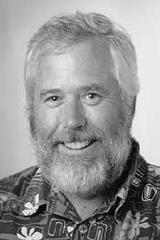 |
Michael Allen
Regulation of community and ecosystem processes by soil organisms with special emphasis on mycorrhizal fungi. Current research concentrates on global change dynamics and structure of undisturbed areas, and how that information can be utilized in the conservation and restoration of native ecosystems.
|
 |
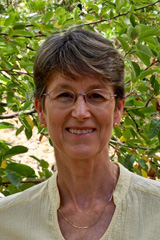 |
Daphne Fairbairn
Evolutionary biology, with emphasis on quantitative genetics, migration, natural selection, mating behavior, and sexual selection and sexual dimorphism in size and morphology.
|
 |
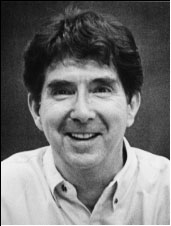 |
Roger Farley
The biology of scorpions, including ecology, population dynamics, behavior, physiology, with recent emphasis on development and morphology, especially comparing organogenesis and viviparity among diverse species
|
 |
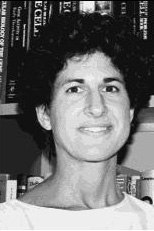 |
Leah Haimo
Control and organization of intracellular movements, especially the transport of organelles along microtubules.
|
 |
 |
Bradley Hyman
The molecular basis of diversity in structure, genetic organization, and
replication in animal mitochondrial DNAs. Recent work has focused on
mitochondrial DNA recombination, gene amplification and rearrangements in the
nematode family Mermithidae, obligate parasites of arthropods. These
mitochondrial DNAs appear to undergo "real-time" rearrangement, generating a
large array of polymorphic mitochondrial haplotypes.
|
| NOTE: THIS FACULTY LISTING IS OUT OF DATE. AS OF JULY, 2017, THE DEPARTMENT OF BIOLOGY IS NOW KNOWN AS THE DEPARTMENT OF ECOLOGY, EVOLUTION, AND ORGANISMAL BIOLOGY. PLEASE CLICK HERE TO BE REDIRECTED TO THE CURRENT FACULTY DIRECTORY FOR EEOB. |
 |
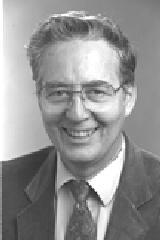 |
Edward Platzer
Physiological, cellular, and molecular mechanisms in parasite-host interactions involving nematodes. Current research is focused on the nature of surface changes and other factors essential for entrance of the nematode into the host. We also are using morphologic, physiologic, and molecular studies of the genera and species to develop a comprehensive evolutionary history of mermithid nematodes in North America.
|
 |
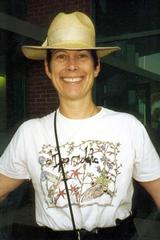 |
Mary Price
Population, community, and evolutionary ecology of both animals and plants, especially in arid and montane ecosystems.
|
 |
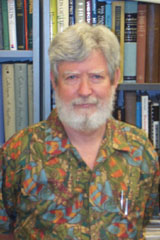 |
John Rotenberry
Community ecology and conservation biology, particularly how environmental factors interact to determine community composition. Research has focused on communities in semi-arid shrubsteppe habitat, with emphasis on birds, shrubs, and arthropods; annual plants and their pollinators in old-field ecosystems; and conservation biology of vertebrates from a landscape ecological perspective.
|
 |
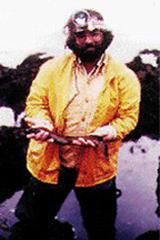 |
Clay Sassaman
Population genetics and evolutionary biology, with special reference to branchiopod crustaceans living in temporary aquatic habitats. Current focus is on genetic mechanisms of sex determination and the role of mixed mating systems in influencing population-genetic attributes of locally isolated populations.
|
 |
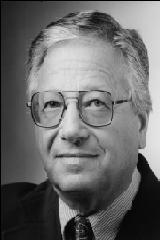 |
Irwin Sherman
Membrane structure and function of the erythrocyte infected by malaria parasites.
|
 |
 |
Nickolas Waser
Population biology and ecology, expecially pollination biology, floral evolution, and food webs.
|
 |
 |
Marlene Zuk
Behavioral ecology, with emphasis on on sexual selection and the effects of parasites on mate choice and the evolution of secondary sex characters; more generally, the influence of parasites on host ecology and behavior. Current projects include examination of conflicting selection pressures on song structure in a Pacific field cricket subject to an acoustically-orienting parasitoid fly, and the evolution of disease resistance in the context of sexual selection using a variety of cricket species which differ in male mating effort.
|
 |
| EEOB Cooperating Graduate Faculty
Click here. |
 |
| Lecturer |
 |
 |
Tracy Kahn
Curator of the UC Citrus Variety Collection, which is one of the most extensive collections of citrus diversity in the world encompassing two trees each of 900 different types of citrus and citrus relatives
|
 |
| |
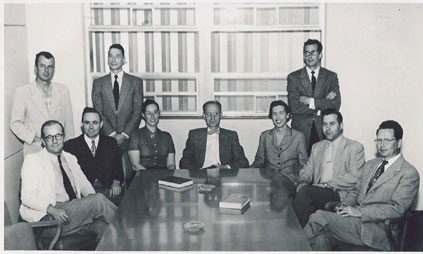
Pictured above is the faculty of Life Sciences in 1954.
From left to right standing are: Warren J. Gross, Frank C. Vasek, and Rodolfo
Ruibal. Sitting are Timothy Prout, Wilbur W. Mayhew, Adelaide Brokaw Tolberg,
Herman T. Spieth, Marian Cramer Carpelan, Irwin M. Newell, and Victor H.
Goodman. |
|
|